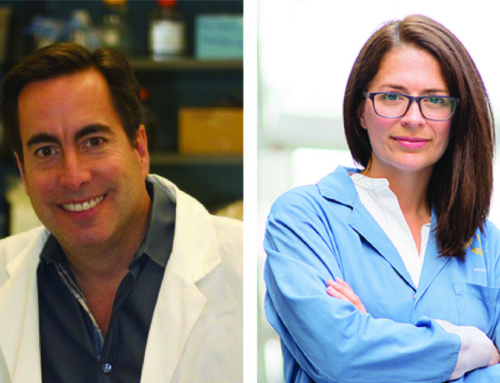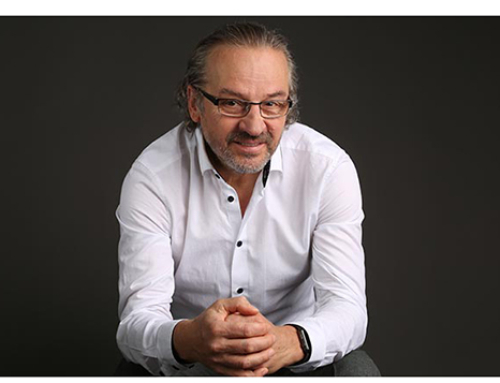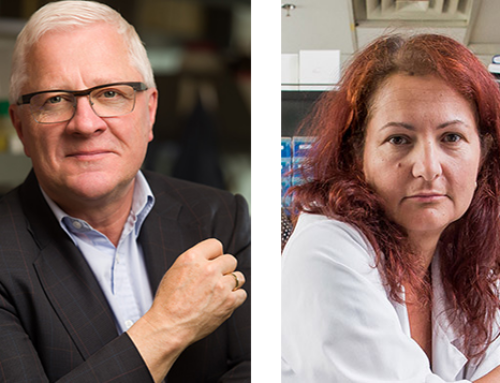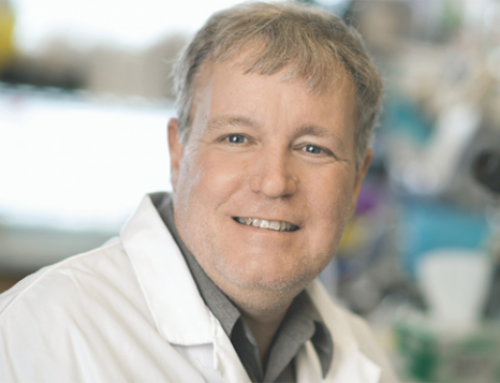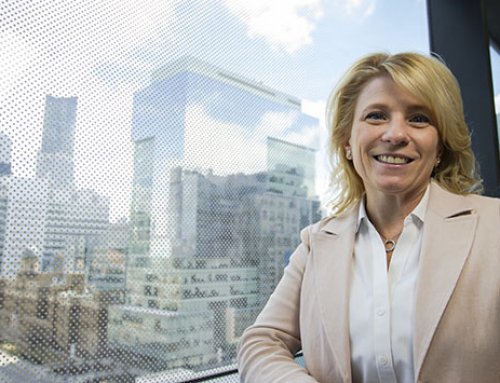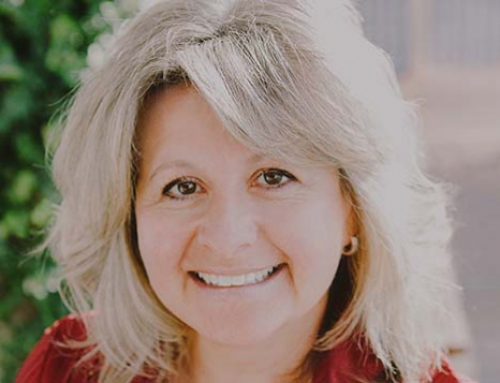
Dr. Shaf Keshavjee, surgeon-in-chief at UHN’s Sprott Department of Surgery and director of the Toronto Lung Transplant Program.
Lung transplants are a common surgical procedure these days. In fact, Toronto’s University Health Network (UHN), one of the top centres for lung transplants in the world, performed 212 in 2019 alone.
But this life-saving surgery still comes with two big challenges.
One is being able to keep donated lungs outside the body for as long as possible so medical teams can get them in good enough shape to transplant into patients who need them.
The other is the danger that the recipient’s body will reject the transplanted lungs.
Dr. Shaf Keshavjee, with a number of colleagues, has made remarkable progress toward solving these problems. And they’re not finished. Keshavjee, surgeon-in-chief at UHN’s Sprott Department of Surgery and director of the Toronto Lung Transplant Program, is taking this progress to new heights with a wide-ranging research program, and the University of Toronto’s Medicine by Design initiative is an important part of that work.
Keshavjee leads a multi-disciplinary team working on a Medicine by Design project called “Organs by Design.” The project is one of 12 sharing nearly $21 million in funding from Medicine by Design over three years. Funded by a $114-million grant from the Canada First Research Excellence Fund (CFREF), Medicine by Design is a strategic research initiative at the University of Toronto (U of T) that is working at the convergence of engineering, medicine and science to catalyze transformative discoveries in regenerative medicine and accelerate them toward clinical impact.
Keshavjee has already made huge strides in dealing with the first problem — improving the condition of the donor lungs. And he is working on research that could ultimately make transplanting lungs unnecessary.
The International Society for Heart and Lung Transplantation estimates that, globally, 80 per cent of donor lungs are not suitable for transplant. While the first successful single lung transplant performed by a team led by Dr. Joel Cooper at Toronto General Hospital in 1983 was a huge global achievement, many people needing new lungs still couldn’t get them because of this challenge.
Keshavjee addressed the problem by inventing technology now in worldwide use — the Toronto Ex Vivo Lung Perfusion (EVLP) System.
With the EVLP, donated lungs are placed in a sterile chamber and provided with oxygen and other nutrients. (“Ex vivo” literally means “outside a living body.”) The lungs can stay in this chamber for about 12 hours while surgeons examine them and, if necessary, use medication or various therapies to improve their condition.
“The EVLP system is like an ICU bed for the lung,” explains Keshavjee, who developed the technology with his UHN colleague, Dr. Marcelo Cypel, thoracic surgeon and associate professor of surgery at the University of Toronto.
Keshavjee is now experimenting with developing EVLP so lungs can be maintained outside the body for longer periods of time — like three days —- to enable surgeons to treat the lungs with more advanced molecular therapies such as gene and cell therapy.
And the team is developing rapid diagnostics that will, again, improve treatment of the lungs while in the EVLP.
“Most of the diagnostic testing technology has been developed for chronic diseases like cancer, so if you take a sample and get an answer back from the lab the next day, that’s fine,” says Keshavjee. “But for a transplant, you can’t wait that long. You need an answer in 10 to 15 minutes.”
“So we’ve developed rapid tests that allow us to interrogate the organ, see what’s wrong with it and then plan what we need to do to improve it for transplantation,” he added. “ We really have two patients: the person waiting for the new lungs and the donor lungs themselves, which we are going to customize for the patient. That’s why we call this an excellent example of personalized medicine.”
However, there is still the risk that the recipient’s body will reject the lungs.
“When the body rejects a transplanted organ, it’s a protective response,” says Keshavjee, who is also professor of thoracic surgery in the Department of Surgery at U of T. “Anything foreign that comes into your body, like a virus or bacteria, is taken care of by the immune system. They’re killed by cells that include your T cells, which scavenge and neutralize them. The same process happens with cancer. If a cell starts to misbehave or look different, it is destroyed. Cancer happens when that destroyed cell gets away from your immune surveillance system. And all of this is the same process that happens when you put a different organ in the body, like donated lungs. The body says, ‘This doesn’t belong here; let’s get rid of it.’”
The risk of rejection can be lowered by having lung transplant patients take immunosuppressant drugs for the rest of their lives. The drugs work to a certain extent, but can also result in serious side effects, such as infections, diabetes, kidney damage, osteoporosis, high blood pressure and even cancer.
Keshavjee is working on new strategies to avoid these issues.
“The goal is to help the body recognize that the new lungs are you, meaning they are part of the body and shouldn’t be rejected,” says Keshavjee.
“So we are investigating a procedure where we would take your regulatory T cells, grow them in the lab to amplify them and store them frozen. And then when a donor lung becomes available for you, we put the lungs on EVLP, thaw your regulatory T cells and then put them into this new lung. So then when the new lung is transplanted, your body sees it with your T cells that say, ‘This is me, don’t attack me’.”
Keshavjee notes that this applied research is also a learning tool.
“If we can figure out how to treat a lung ex vivo, with stem cells and T cells, then we should be able to go to the next big step and be able to treat your lungs when they are still in you so that you never need a transplant.”
To accomplish all this, Keshavjee works with a large team with diverse expertise: Cypel, who is also Canada Research Chair in Lung Transplantation; Dr. Mingyao Liu, a professor in the departments of Surgery and Physiology; Cristina Amon, a professor in the Department of Mechanical and Industrial Engineering and Alumni Distinguished Professor in Bioengineering at U of T; Aimy Bazylak, a professor in the Department of Mechanical and Industrial Engineering at U of T and Canada Research Chair in Thermofluidics for Clean Energy; and Dr. Tom Waddell, head of the division of thoracic surgery at UHN and Pearson-Ginsberg Chair, Division of Thoracic Surgery, U of T.
“The intersection between medicine and biomedical engineering is really important to this kind of work,” says Keshavjee. “It’s all very sophisticated and requires engineering expertise. So our engineering colleagues are learning what we surgeons need and we are learning what they can do. Together, we are building unique support systems you couldn’t have dreamed of before.”
Keshavjee is also thankful for the partnership with Medicine by Design.
“This work is particularly complex and, therefore, expensive. So it’s been admirable that the CFREF is focussing on projects that will enable Canada to lead the world. We believe we are doing that with each phase of our work in lung transplantation. What we’re doing now is a natural next step, and Medicine by Design has been so valuable in contributing to this aspect of the development of “Organs by Design” — repaired organs using advanced regenerative medicine. Every dollar counts in enabling us to innovate and help our patients.”

